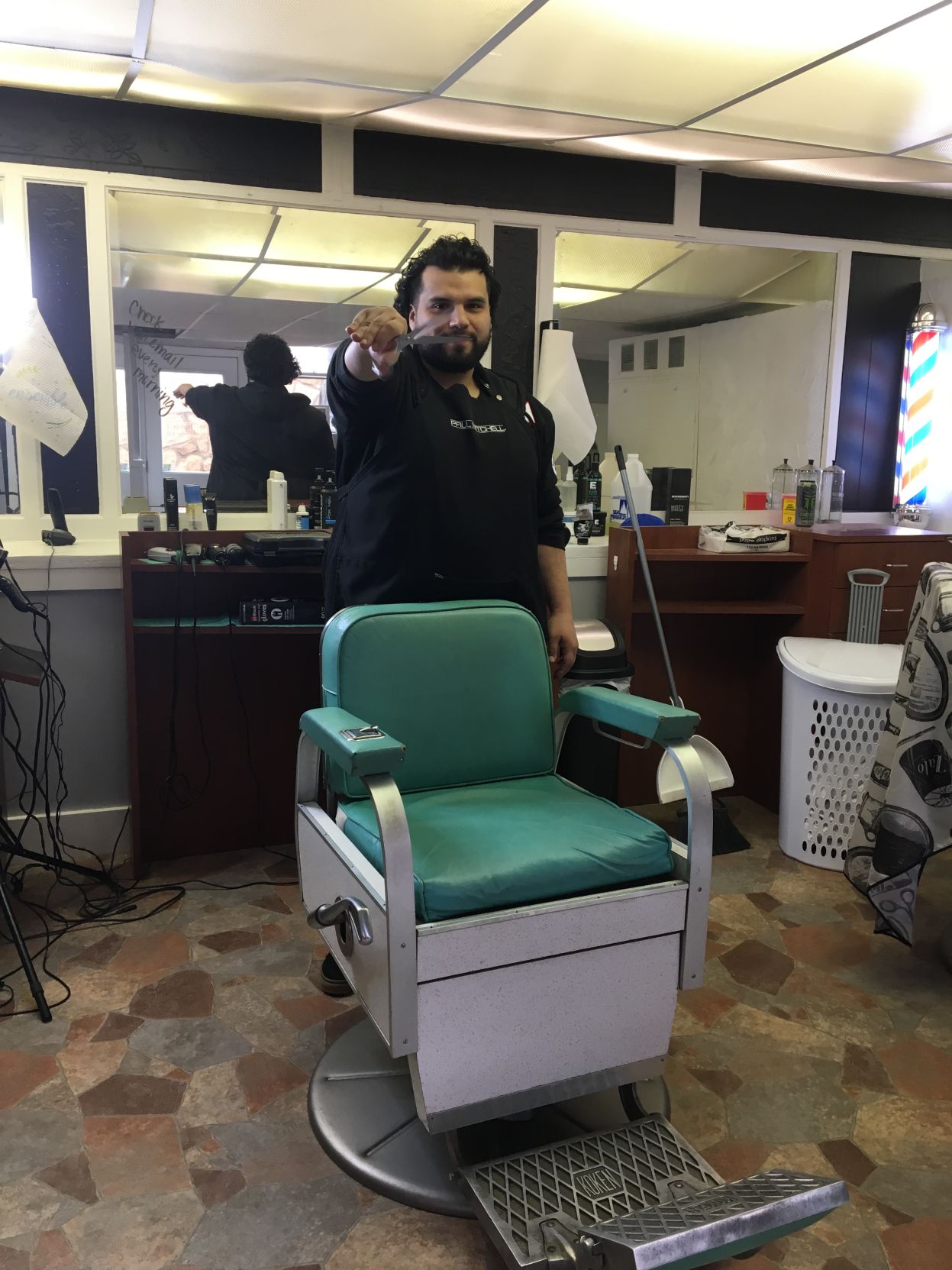

One of the barbers, a Black man, goes on an explicit rant about a sexual experience with a woman. The scene in episode three features one of the main characters, a queer masc woman named Tye, who is in a Black barbershop for a haircut. But I doubt even the show’s creators could have anticipated the social media firestorm one 45-second scene created. The show about four single Black women in the titular New York neighborhood tackles gentrification, homophobia, higher education, dating and a million other topics. Still, it's a kick to see the reserved Cube awkwardly embracing every customer as part of Calvin's bid for better customer service.Amazon Prime’s Harlem was always going to be a conversation starter. Calvin's role as a voice of reason and shop savior requires Cube to be almost stodgy. Ice Cube anchors this film, as he did the last, but he also has to take one for the team. The immediacy of the humor in "Barbershop 2" makes you wonder about the movie's shelf life.

Jokes about Parks and King, as unpopular as they were with the Rev. Director Kevin Rodney Sullivan ("How Stella Got Her Groove Back") uses a handheld camera to increase spontaneity, swerving from the chatter of Eddie to the braggadocio of the shop's lone white barber (Troy Garity), now so confident that he showboats with styling tools as if he's Tom Cruise in "Cocktail." The barbers played by rapper Eve and Michael Ealy (as the ex-con) shoot each other alternately hostile and lustful looks.Įddie's most incendiary riff concerns the Washington, D.C., sniper, and other subjects are similarly topical, as if the filmmakers shot up to the last possible second. "Barbershop 2," like its predecessor, always works best when the barbers and customers get to riff. Some of what he says as the older Eddie is too hard to make out, which is a shame, because it was probably funny. The flashback scenes are also notable because Cedric drops the mush-mouth delivery of his older guise. The character's younger self, devoid of the heavy aging makeup Cedric usually wears, even gets to be a ladies' man, leading to an uproarious, improbable action sequence where Eddie makes a mad dash for a woman he glimpsed on the train. The back story allows Cedric to do a little dramatic work, most notably in a scene where a scared but determined Eddie battles looters during the 1968 riots. On the run from police, Eddie finds refuge in Calvin's father's barber chair - and gets more than he bargained for. It starts with a funny black-and-white sequence explaining Eddie's loyalty to the shop. "Barbershop 2" frequently dips into the past, cementing the shop's status as an institution in its South Side Chicago neighborhood. Scott, co-author of the original) overplays notions of civic pride, but it's still far more thoughtful than most studio comedies. That "Barbershop 2" also deepens the original's social concerns was not expected. A sequel reviving what made the original work is to be expected.
SOULLESS BARBERSHOP MOVIE
Kelly are hardly the unimpeachable figures (Rosa Parks, Martin Luther King Jr.) roasted in the first "Barbershop."Ī warmhearted and surprisingly ambitious sequel to the 2002 hit, "Barbershop 2" revisits the formula from the first movie by having shop owner Calvin (Ice Cube) threatened again with closure, this time by a soulless chain salon called Nappy Cutz. Cedric's barber Eddie continues his compulsive commentary about African American society, of course, but targets such as R.


Cedric the Entertainer stole "Barbershop." He's handed "Barbershop 2." Given an arc that shows that his character wasn't always an incorrigible coot, Cedric dominates the film, producing consistent laughs and rendering the picture's community and anti-corporate messages less medicinal.


 0 kommentar(er)
0 kommentar(er)
